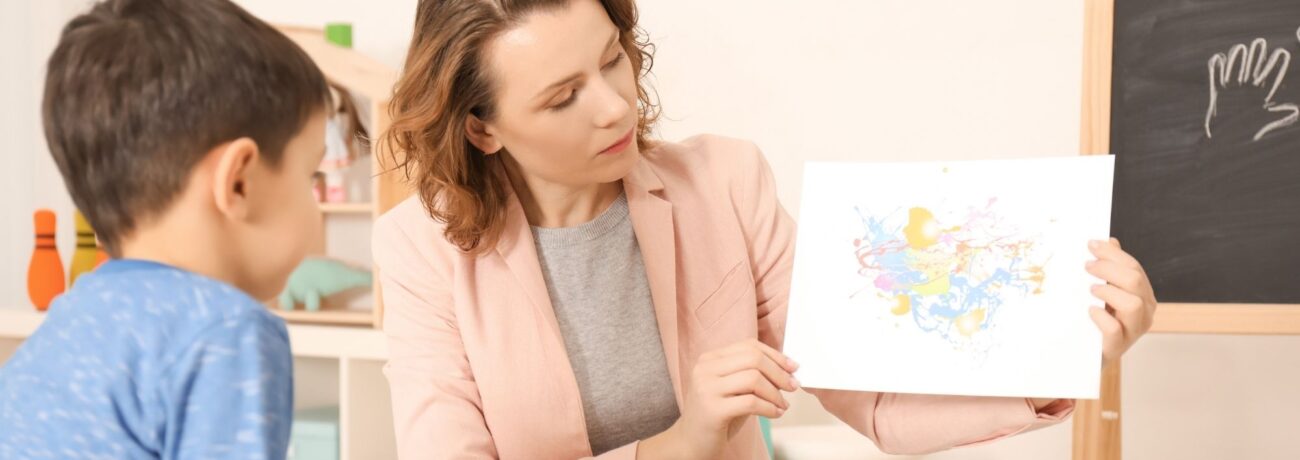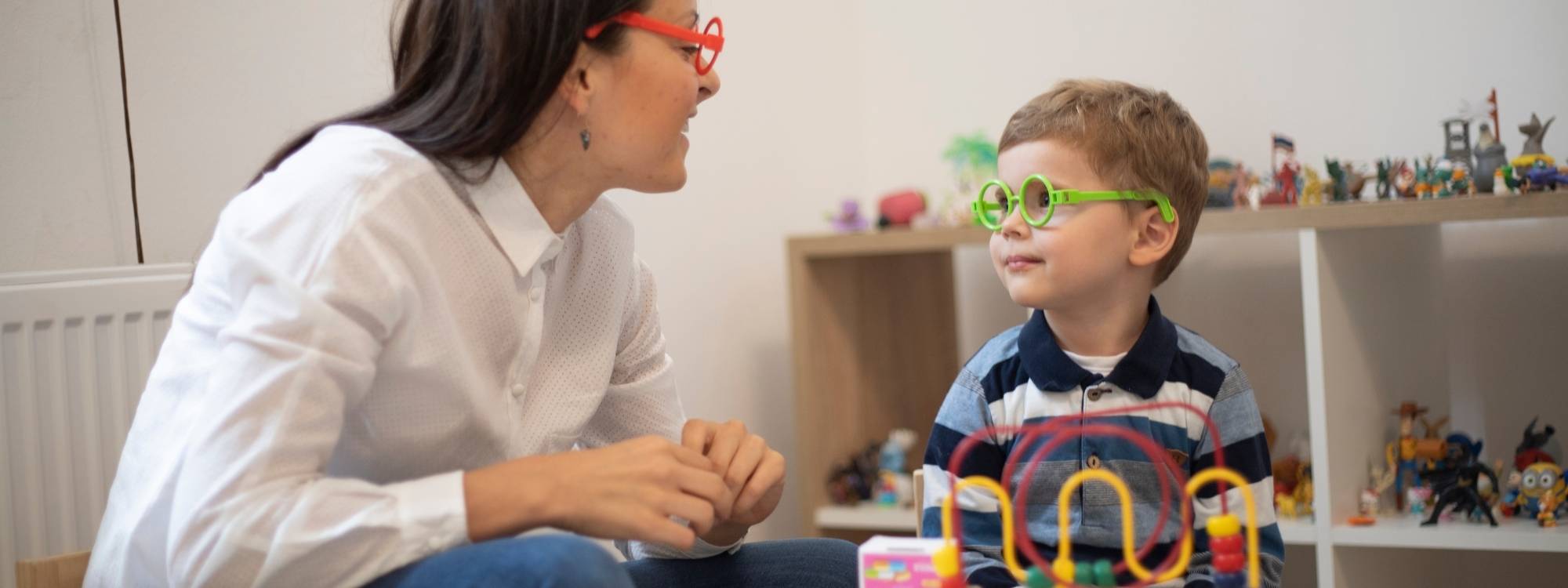How to Explain Autism to Kids: A Guide for Parents
Autism can be a challenging topic for children to understand, but with the right approach, it becomes an opportunity to foster empathy, kindness, and acceptance. Parents and caregivers often wonder how to explain autism to kids in a way that’s accurate, age-appropriate, and empowering. Whether you’re introducing the concept to your child or helping them understand a classmate, sibling, or friend, honest and clear communication is the key to building understanding.
This guide walks you through how to explain autism spectrum disorder to children at different developmental levels, including how to frame brain differences, answer common questions, and support both autistic and neurotypical children in building inclusive relationships.
Introduction to Autism Spectrum Disorder
Autism Spectrum Disorder (ASD) is a neurodevelopmental condition that affects how a person communicates, behaves, and processes the world around them. It’s called a “spectrum” because no two autistic people are exactly alike; autism affects everyone differently. Some individuals may talk a lot, while others may be non-verbal. Some might have intense interests, unique ways of learning, or sensitivities to sensory input like sounds, lights, or touch.
When explaining autism to children, it’s helpful to start by normalizing the idea that everyone’s brain works a little differently. Some kids need more support with certain things, and others have strengths in areas like math, art, or memory. Framing autism as a brain difference, not a problem, helps children understand without fear or judgment.
Many children with autism benefit from structure, visual supports, and understanding peers. Teaching your child about autism early helps foster compassion and reduces misunderstandings.
Understanding Brain Differences
Our brains help us think, feel, move, and make sense of the world. When we talk about autism, we’re talking about brains that are wired differently. These differences can affect how someone communicates, shows emotions, or reacts to things like noise or touch.
Some autistic children may:
- Prefer routines and feel upset by unexpected changes
- Find certain sounds or textures overwhelming
- Struggle with reading social cues like facial expressions or tone of voice
- Communicate in ways other kids might not expect (e.g., using few words or repeating phrases)
But these same differences often come with strengths. Autistic people might have a deep focus on a subject they love, remember details others forget, or see patterns others don’t. Helping your child understand these brain differences sets the stage for acceptance, not pity.
Using books with autistic characters, such as “All My Stripes,” or shows like Sesame Street featuring Julia, can help reinforce these ideas in a relatable way.
Preparing for the Conversation
Before talking with your child about autism, take a moment to consider their age, maturity level, and personality. A preschooler may only need a simple explanation, while an older child may ask more complex questions.
Think about why you’re having the conversation. Is your child noticing behaviors in a classmate? Has a sibling received a new autism diagnosis? The context can guide your language and focus.
Tips to prepare:
- Use simple, honest language.
- Focus on differences and strengths, not just challenges.
- Avoid labels like “weird” or “bad.” Use words like “different” or “unique.”
- Be ready to answer questions like “Why does my friend flap their hands?” or “Can you catch autism?”
Reassure your child that autism isn’t something scary or contagious. It’s just one way a brain can be, and autistic people deserve kindness and respect like anyone else.
The Importance of Autism Diagnosis
An autism diagnosis gives families and children a roadmap, helps explain behaviors, and opens the door to more support. For many kids and adults, receiving an autism spectrum diagnosis provides clarity and a sense of identity.
It’s important to explain that diagnosis isn’t a label meant to limit someone; it’s a way to understand how a person’s brain works. A diagnosis helps schools, doctors, and caregivers tailor support plans, therapies, and accommodations to meet each child’s needs.
If your child is autistic or has a sibling who is, talk about diagnosis in positive terms. You might say:
“A diagnosis helps us understand what you need and how to help you feel your best.”
This framing encourages self-acceptance and helps reduce shame or confusion around autism.
Explaining Autism to Kids
When explaining autism to kids, clarity and kindness go hand-in-hand. Start by defining autism in simple terms: “Autism means someone’s brain works in a different way that makes them see and experience the world differently.”
Then, use examples your child can relate to. If their friend doesn’t talk much, you can say, “They may not use words like you do, but they might like to play or listen.” If their sibling doesn’t like loud noises, explain it as a sensitivity, not a choice.
Children may ask:
- “Will I get autism?” (Answer: No, autism isn’t something you catch.)
- “Can autistic kids have friends?” (Yes! And being a friend just means being kind and including others.)
Balance the conversation by talking about both challenges and strengths. Mention that some autistic children might need extra support, but they are also creative, curious, and caring.
Teaching Kids About Autistic People
Children are naturally curious, so give them tools to better understand and relate to autistic people. This includes explaining the importance of being patient, asking questions kindly, and accepting different ways of communicating.
To help your child understand autism better:
- Read books with autistic characters like “My Brother Charlie” or “I See Things Differently.”
- Watch short videos that feature autistic kids and let them speak for themselves.
- Talk about common myths and correct them (e.g., “Not all autistic people are nonverbal”).
You can also explain that just like no two kids are the same, no two autistic people are the same. This helps prevent stereotyping and supports a more inclusive mindset.
Supporting Autistic Kids
Whether your child is autistic or they’re learning how to support a peer, understanding is the first step toward a meaningful connection. Autistic kids may need different types of support at school or home.
This can include:
- Using fidget toys or headphones to manage sensory input
- Getting extra time on tests
- Having a quiet space to calm down
Parents and caregivers can advocate for their children by working closely with teachers, therapists, and specialists. More importantly, we must teach children that needing support doesn’t mean something is wrong; it means we’re helping someone thrive.
Creating a positive environment also includes boosting a child’s self-esteem. Emphasize their talents, encourage their interests, and let them know that being autistic is just one part of who they are.
Neurodevelopmental Disorder Awareness
Autism is one of several neurodevelopmental disorders, along with ADHD, dyslexia, and others. Raising awareness about these conditions is essential to building empathy in our communities.
Kids benefit from learning that brain differences are natural and nothing to fear. Parents can model this by:
- Talking openly and respectfully about neurodivergent people
- Correcting harmful stereotypes when they arise
- Encouraging inclusion in school, activities, and friendships
Organizations like the Autism Society and Autistic Self Advocacy Network provide tools and information to help families learn more.
Creating a Supportive Community
Community plays a huge role in how autistic individuals feel accepted and valued. As a parent or caregiver, you can lead by example in building a more inclusive environment.
Look for:
- Local autism support groups
- Inclusive playgroups and events
- Opportunities to connect with other families
Encourage your child to be a friend and ally. Being part of a supportive community helps all children, autistic or not, feel safer, more confident, and more connected.
Conclusion
Helping children understand autism starts with honesty, empathy, and practical guidance. When parents take time to explain autism clearly and compassionately, they create a foundation for lifelong respect and inclusion. Whether your child is autistic, has a sibling on the spectrum, or is simply curious about differences, these conversations build bridges of understanding that benefit everyone.
Ready to start the conversation about autism with your child? At Champions ABA, we support families with the tools and guidance they need to build understanding, confidence, and connection. From diagnostic evaluations to personalized ABA therapy, we’re here every step of the way. Call (877) 242-1744 or visit our website to learn how we can help you support your child’s journey.
FAQs
How do you explain autism to your child?
Use simple and kind language, such as “Autism means someone’s brain works differently. They may do things in their way, and that’s okay.” Focus on differences, not problems, and give examples your child can relate to.
What is autism in simple words?
Autism is a condition where a person’s brain processes information differently. This might affect how they talk, play, or react to things like sounds or touch.
How do you describe children with autism?
Children with autism may behave, speak, or interact in different ways. Some may not talk much, others may focus deeply on certain interests. Each child with autism is unique.
What is the best explanation of autism?
Autism is a neurodevelopmental disorder that affects how a person communicates, interacts, and experiences the world. It’s called a spectrum because it looks different in everyone.



